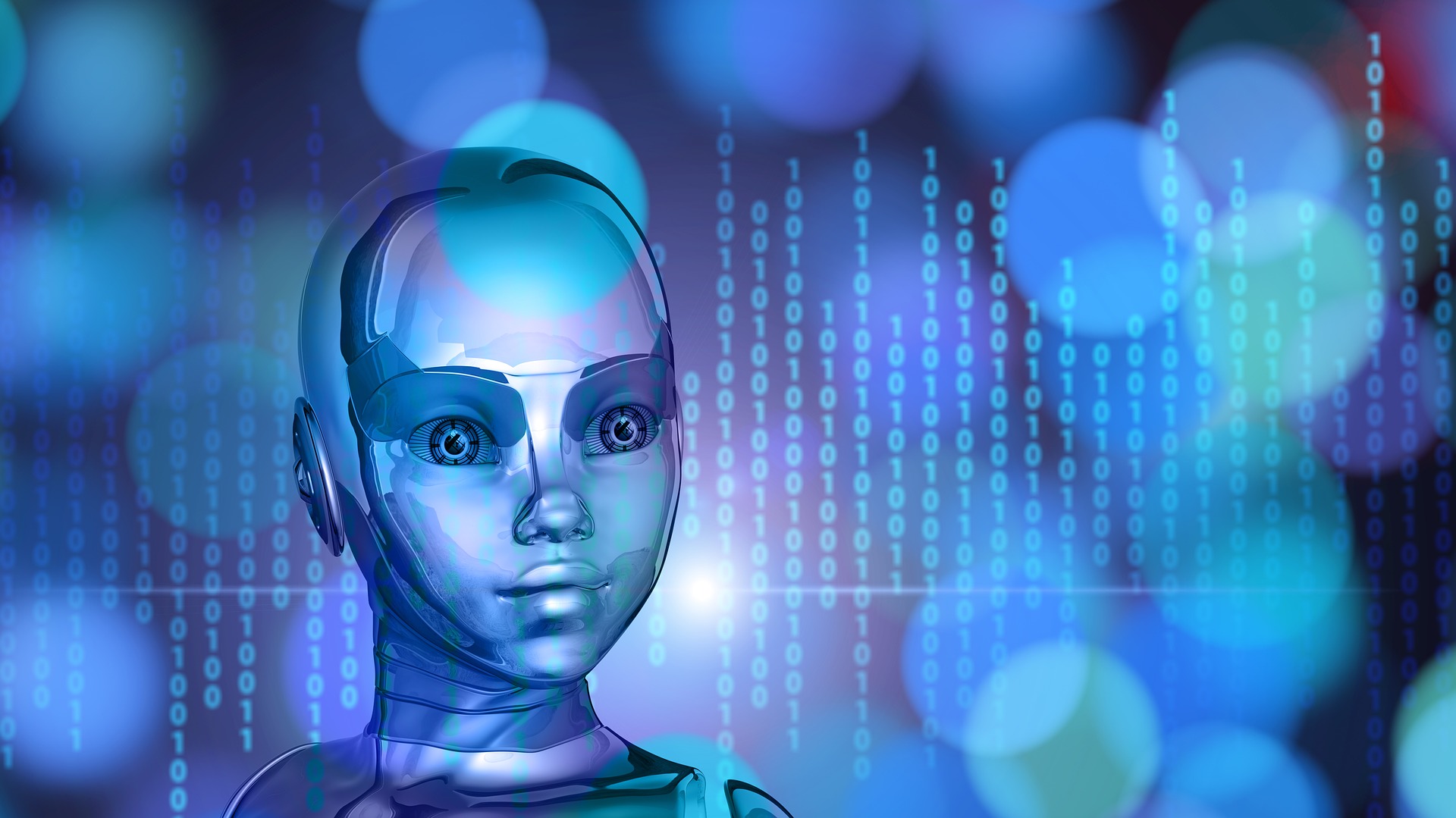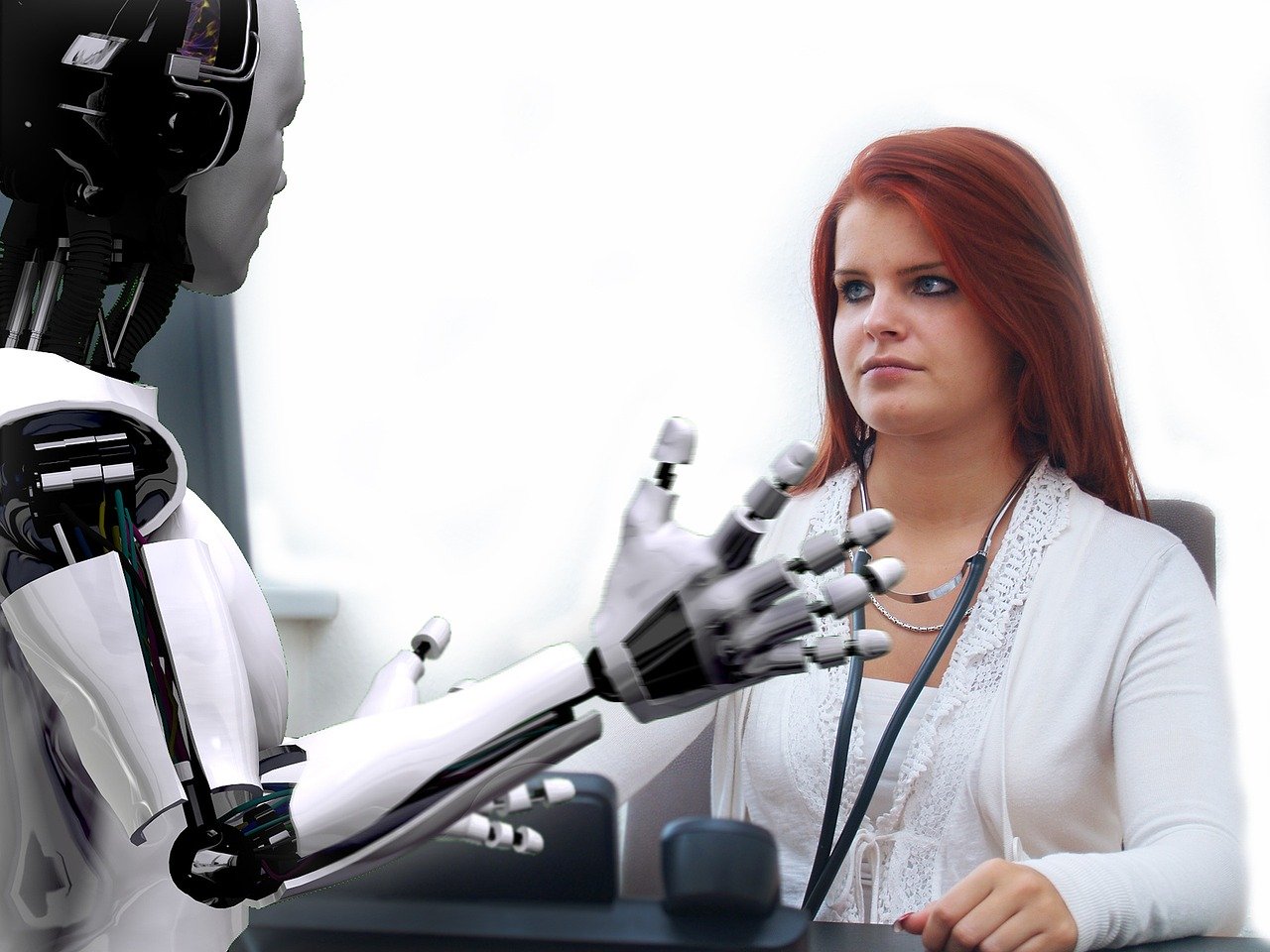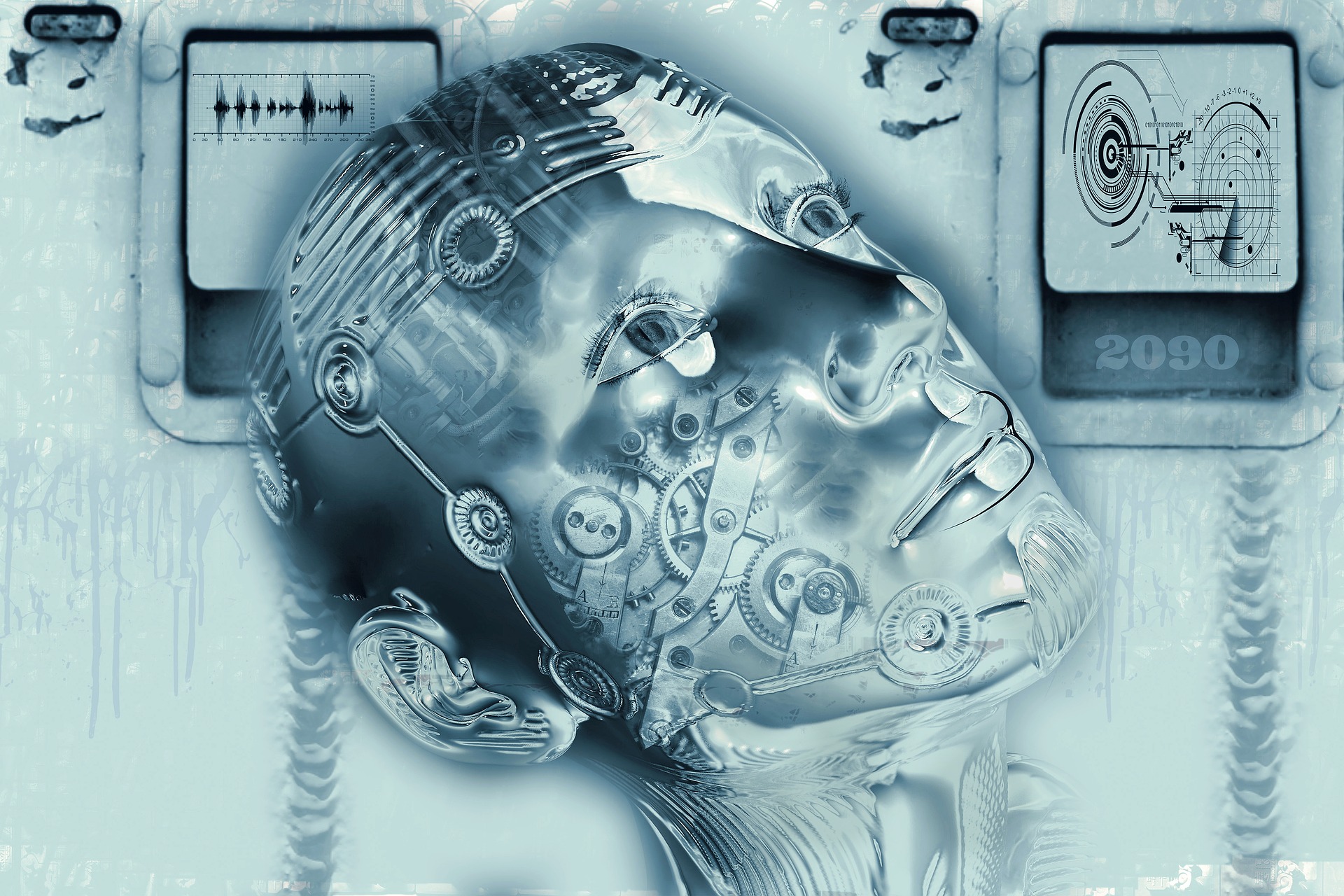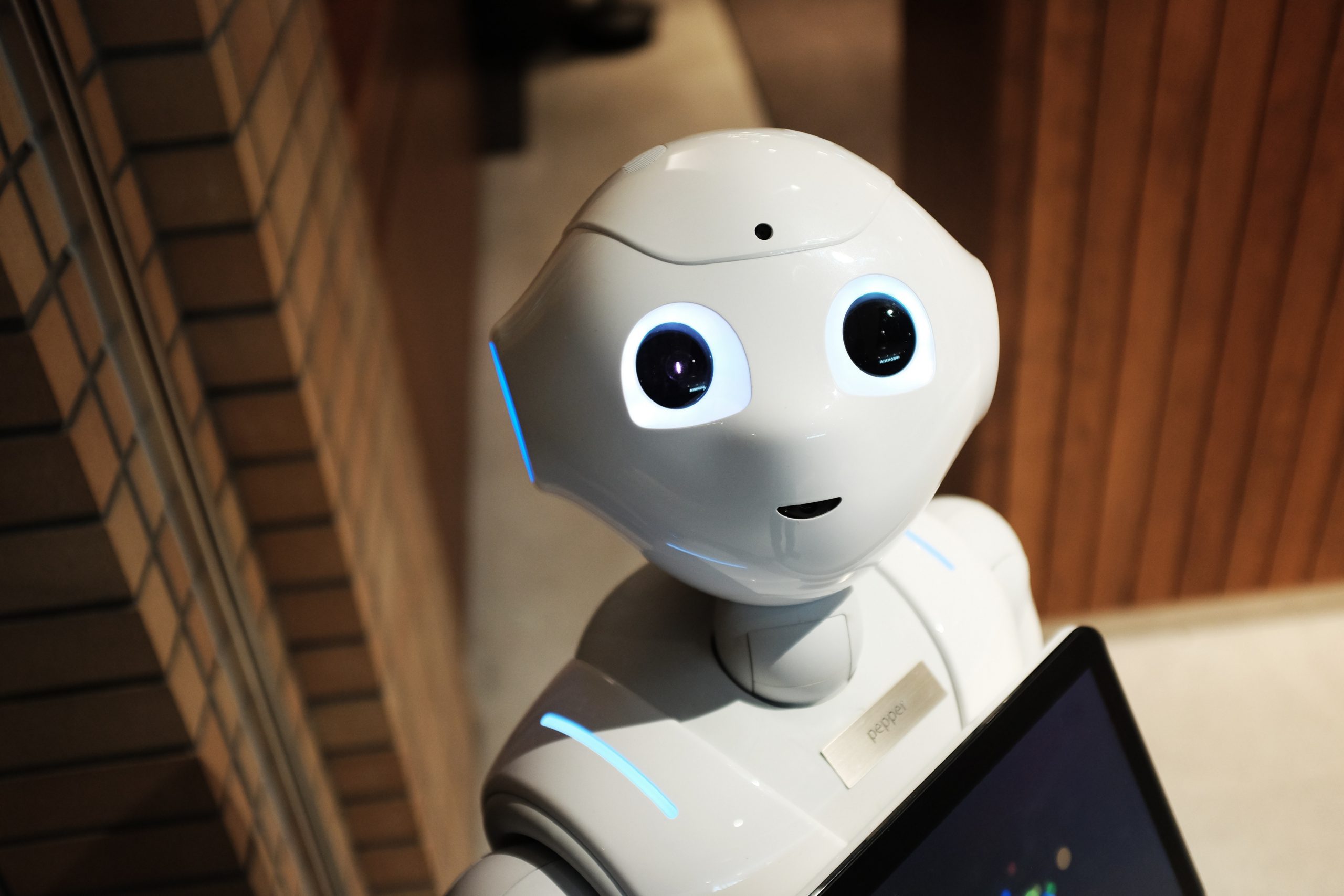


Prof. Arunaditya Sahay
Dean (Research)
Professor of Strategic Management, BIMTECH (View Full Profile)



Doctors, nurses, health workers, police and other Corona worriers were overwhelmed when on May 3, the armed forces conducted fly-pasts and displayed military bands while navy lighted up ships at sea, and air force showered flower petals to honour them. The corona warriors, in turn, promised to work with double dedication to fight corona. The frontline doctors, nurses and health workers are not only in constant contact with corona patients but at times abused by them. Thus, they are soft target for corona infection. Such infection to them can be minimized by using technology and transferring some of their work to robot.
Countries, all over the world, are not only looking forward to vaccine against corona but also looking at various equipments and technologies to help the long battle against the deadly corona virus. Incidentally, such technologies will be able to isolate corona warriors from patients as human touch, which remains an important part of the treatment, could be avoided. Recently, while suffering from a slip disc, I had experienced my examination and treatment by a doctor in Jamshedpur while I was lying on bed in Greater Noida. During the treatment, I was also informed about robodoc (robot doctor). As an automobile engineer, I knew quite well about robots; that not only work in assembly lines but even perform surgeries. But, wondered how it could examine and service patients with efficiency so that the doctors, nurses and medical staff could serve patients while maintaining social distance.
Last week, I had seen a video of a corona ward in a hospital where the food for the patient was being thrown like a cricket ball and the patient was catching it while sitting in his bed like a fielder in the cricket field. This scene has been moving in my mind like a cinema screen, since then. Could a robot not provide various services to Corona patients; could a deeper artificial intelligence not be improved in robots which are to be pressed into corona wards for patient service?

Webster dictionary defines a robot as a machine that resembles a living creature in being capable of moving independently (as by walking or rolling on wheels) and performing complex actions (such as grasping and moving objects). However, today a robot can be a lot of things and with their proliferation, they have become difficult to define. I have interacted with many roboticists during my tenure in automobile industry. When I asked them to define their robot, I got different definitions. Be that as it may, C. Devol from Louisville, Kentucky, USA is given the credit for the invention of a robot in early 1950s but Joseph Engelberger, who is known as the “Father of Robotics” acquired Devol’s robot patent, modified it into an industrial robot, formed a company in 1956 named ‘Unimation’, where he produced and marketed robots.
In the meantime, Charles Rosen of Stanford Research Institute, led a research team, which developed a robot named “Shakey” that was far superior and had many advanced features. Around this time, Professor Ichiro Kato of Waseda University in Japan, too, initiated the WABOT project in 1967, and in 1972 completed the WABOT-1, the world’s first full-scale humanoid intelligent robot. WABOT-1 had two arms, walked on two legs, and saw with two camera eyes. Its limb control system allowed it to walk and to grip and carry objects with hands, using tactile sensors.
It measured distances through its vision system. This also helped to get directions using external receptors, artificial eyes and ears. Its conversation system was unique that allowed it to communicate in Japanese with any person with its artificial mouth. Japan has since been leading the field of robotics using robots practically everywhere; be it industry, security, schools or nursing homes. Japan’s aging population has been one of the reasons for quality and fast development of robots in large quantities that have been pressed into variety of services.

Covid19 pandemic has created a stir worldwide for saving the frontline workers who are fighting this deadly virus. India, too, is looking at all types of technologies to save its corona warriors who have a long battle ahead. No doubt, human touch remains an important part of the healing process, artificial intelligence can help in situations where doctors and medical staff have to be distanced from the patients. In this regard, All India Institute of Medical Sciences (AIIMS) in Delhi has taken a decision to deploy, in its Covid-19 wards, a 92-cm-tall robot called Humanoid ELF. This robot, which is battery operated, can move on its own at a speed of 2.9 km/hr. Milagrow, an Indian company, has developed this Humanoid ELF that uses light for detection of objects in its path. This enables ELF to avoid collision and allows it to move freely. The robot has in-built 3D and HD cameras to record all activities.
Further, it enables doctors, nurses and medical staff to interact with patients remotely. ELF has a 10-inch built in screen that provides for communication between patients and their family members. The manufacturer of ELF robot, Milagrow, is upbeat while working closely with AIIMS to fight against the pandemic while distancing medical staff from the corona patients. Without waiting for the outcome, they have announced to develop more products based on the feedback from AIIMS.

As the outbreak is continuing unabated, I sincerely wish that the trials are successful and Rajeev Karwal, the founder and chairman of Milagrow, gears up for manufacturing huge quantities of robots to support the fight against corona not only in India but across the world.








